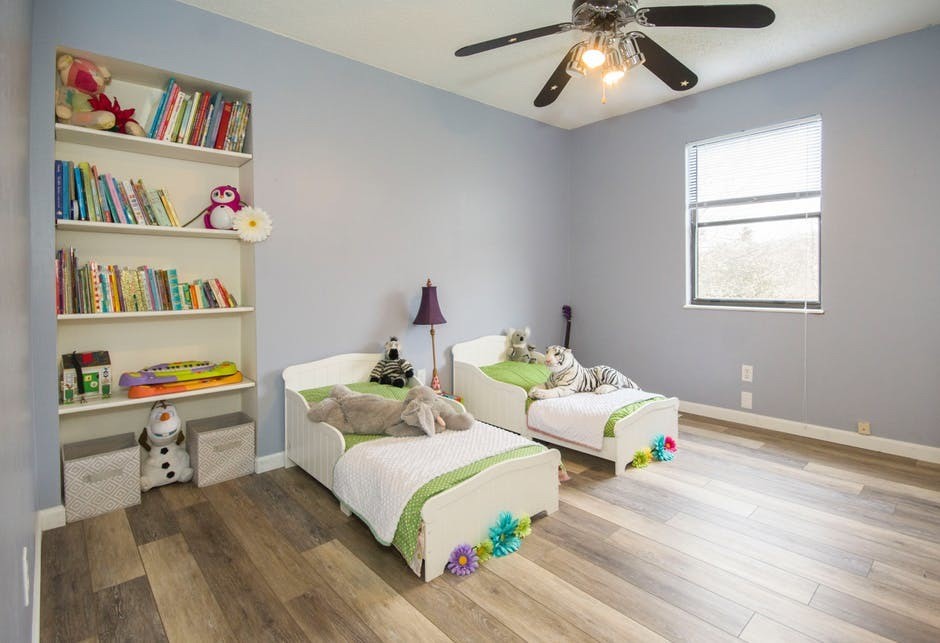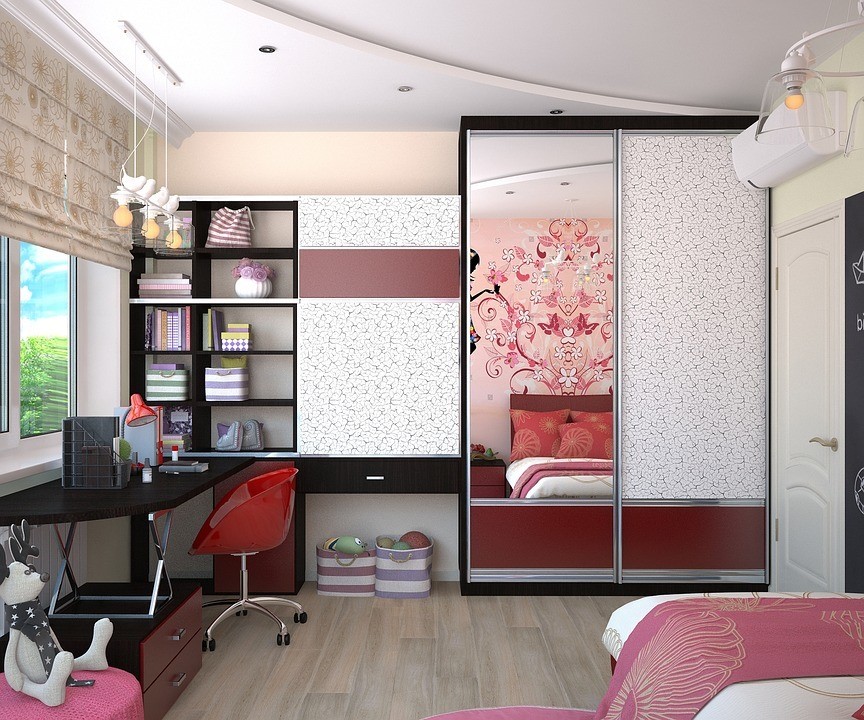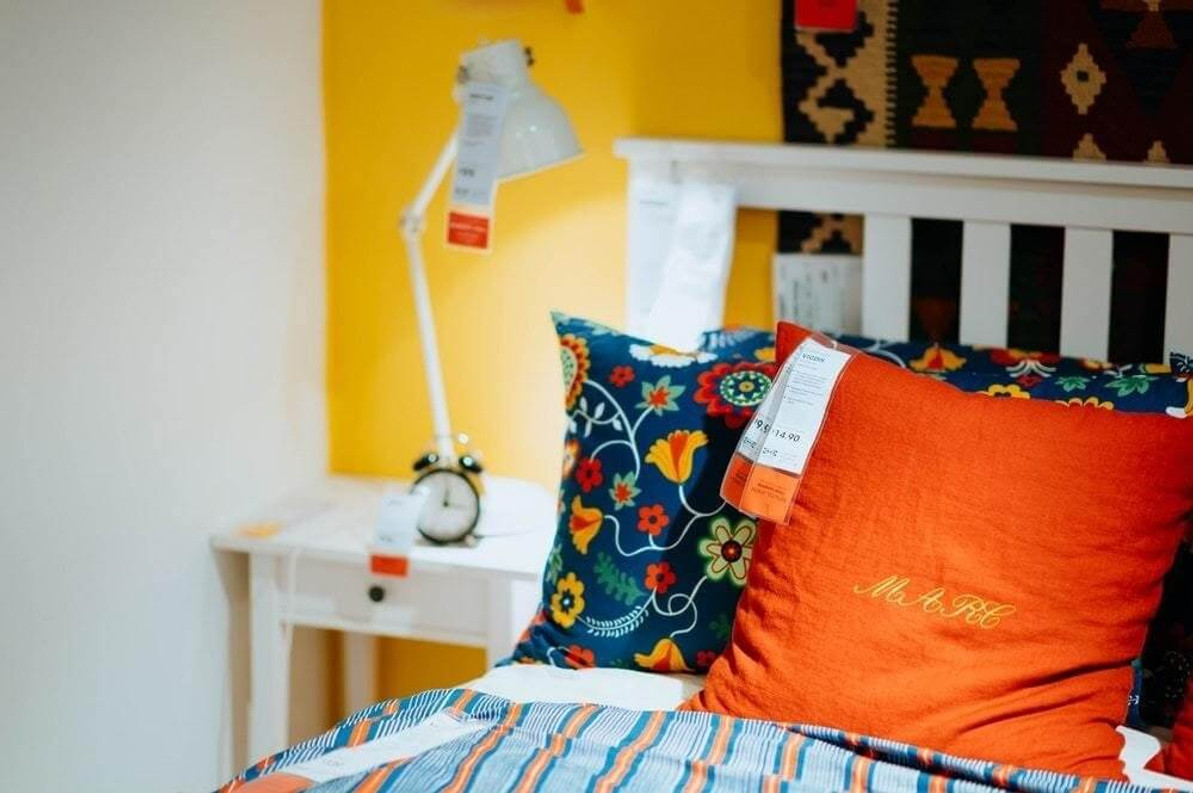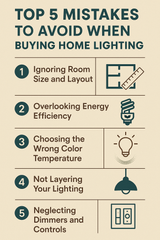5 Things To Consider When Designing Your Child's Bedroom
Space tends to tie in with safety. A room that is cramped is not a safe or convenient place to play or even sleep. Apart from causing tripping hazards and the like, a cluttered room can also affect your child’s mental organization and clarity, mood, level of creativity and imagination, security, and ability to properly sleep at night. Of course, letting your child have a cramped, messy bedroom means they may be more likely to be a messy, disorganized individual as they get older.
That said before you dive right into designing your little one’s bedroom, stop for a minute to think about not just about the big picture from start to finish, but instead start thinking about the following five components, which involve both aesthetics and function:
1 - Safety
One of the sole most important things when designing a bedroom for a child is safety. The younger the child, the more safety should be a priority. That said, always consider the “would ifs” before you commit to anything in the space. For example:
- “Would if this large, heavy picture above my child’s bed falls down and falls on them while they’re sleeping?”
- “Would if my infant gets strangled by these window cords or suffocated by these thick, long curtains with their bed/crib being right near the window?”
- “Would if my child accidentally breaks this glass piggy bank and gets injured?”
Sometimes it’s not just about avoiding specific objects or materials but also finding ways to make those objects or materials safer – like placing a large, soft, cushy rug over a slippery, hard floor or placing breakable objects in places that are hard to reach and in safe locations so that if they fell, it would likely not be on someone right beneath or near the falling object.
Although, you shouldn’t dig deep into every “would if” scenario. Likewise, you shouldn’t feel the need to bubble wrap every hard surface and semi-sharp corner or install cameras in your 8-year-old’s bedroom to keep a consistent watchful eye. Rather, it’s a good idea to think over the logistics of things to ensure your child doesn’t require a trip to the emergency room over a common-sense, dangerous setup in their room that could have otherwise been easily avoided.
As a parent, a big part of your role is ensuring your child is safe. Some things are inevitable, but other things are not.
2 - Space

Space tends to tie in with safety. A room that is cramped is not a safe or convenient place to play or even sleep. Apart from causing tripping hazards and the like, a cluttered room can also affect your child’s mental organization and clarity, mood, level of creativity and imagination, security, and ability to properly sleep at night. Of course, letting your child have a cramped, messy bedroom means they may be more likely to be a messy, disorganized individual as they get older.
Give your child a safe place to be in by giving them plenty of space in their bedroom to play, sleep, or just be. Some parents, however, find this to be a challenge if their child has a smaller bedroom or even must share a room with another sibling or two. A big part of creating plenty of space besides being picky and choosy about what you left out of the interior design is ensuring there is enough storage present in your child’s bedroom, which we’ll discuss in the next section.
3 - Storage
To keep a child’s room spacious enough for playing – and not to mention, safe – one thing that’ll be important as you design their room is ensuring there is plenty of storage space available. After all, children tend to have a lot of toys and need an organized, hazard-free way to store them. And apart from toys, children have other belongings – clothes, shoes, accessories, souvenirs, and the like – that also require a place to go.
So, ensure your child has the right amount of storage, and get them in the habit of organizing their belongings now so that when they become older and more independent, keeping things tidy isn’t a foreign concept to them.
Consider some of the following methods of storage for your child’s bedroom:
- Toybox
- Coat rack
- Shoe rack
- Jewelry box
- Wardrobes or armoires
- Storage drawers or cabinets
- Drawer organizers
- Closet systems
- Hanging organizers
- Storage bins or boxes
- Baskets
- Underbed storage
- Blanket ladders
- Cubbies
- Bookcase
- Shelves
4 - Color Scheme

Most children love color and lots of it. However, for other children, not so much. Some boys especially may prefer a less colorful bedroom while some girls may only like “feminine” colors like pink or purple in their bedroom. However, there are also cases where boys may like have brighter hues in their room and where girls may want a more gender-neutral or even tomboy color scheme.
A good thing to keep in mind as you select a color scheme for your child’s room include the child’s personality, the child’s age and level of maturity, the colors that your child prefers (and hates), and how suitable those colors will be for the theme of the bedroom (which we will talk about next) if your child chooses to have one.
Also important is choosing a color scheme that won’t keep your child awake at night or leave them sleepy and sluggish throughout the day. Opt for colors that are cheerful without being blinding or obnoxious. Similarly, don’t choose colors that are so dark that they will bring your happy child’s mood and energy down.
5 - Theme
Some parents get so caught up in designing a fun children’s bedroom that they almost forget that the bedroom is their child’s, not designed to be their own childhood fantasy. Let this fact be clear and known before you decide to design your child’s bedroom: most children DO want to pick out the theme of their own bedroom. So, let them pick.
Allowing your child to pick out the theme for their bedroom gives them the opportunity to learn how to make decisions for themselves and develop their own identity. No little boy would want a space age room if they have interests in antiques and historical pieces, and no little girl would want a pink fairy princess bedroom if they prefer a Power Rangers bedroom. While, yes, you are spending the money and doing the majority of the decorating, absolutely no child wants to feel like their parents don’t trust their decisions and instead force them into a mold of a person they aren’t.
As your child brainstorms different themes, feel free to give your perspective or even suggest other alternatives if you feel the need to, that is, without being harsh or judgmental of your child’s decisions. For instance, if your child says they want a solid yellow bedroom, a good response would be, “But wouldn’t it be hard to sleep at night with a bedroom that bright? Maybe we could at least paint the walls darker or add another color like blue to tone it down.”
Conclusion
Just when you thought designing a child’s bedroom was a piece of cake, it tends to be a bit more complex than you may have imagined. Afterall, apart from picking a fun color theme and/or theme that your little one will approve of, you have to also consider ensuring there is plenty of space and storage in their bedroom while making safety an integral component of the bedroom’s design.
Throughout the process of designing and decorating your child’s bedroom, choose to do things based on your role as a parent as well as based on what your child both needs and wants in their bedroom design. Additionally, allow your child to take part in the design and decorating process. Give them a chance to pick out colors, accessories, the theme, and the like. Likewise, give them the opportunity to say no to something that they don’t like.
If you need more interior or exterior design-related tips and tricks, check out the rest of our blog posts.
Recent Posts
-
Top 5 Mistakes to Avoid When Buying Home Lighting
Lighting plays a crucial role in shaping the ambiance, functionality, and aesthetic appeal of your h …26th Jun 2025 -
Why Lighting Is the Most Underrated Design Element in a Room
Walk into a well-designed space, and you might first notice the color of the walls, the statement fu …13th May 2025 -
How to Choose the Perfect Painting for Your Home or Office
When it comes to decorating your space, choosing the perfect painting can be a game-changer. A well- …7th Feb 2025




